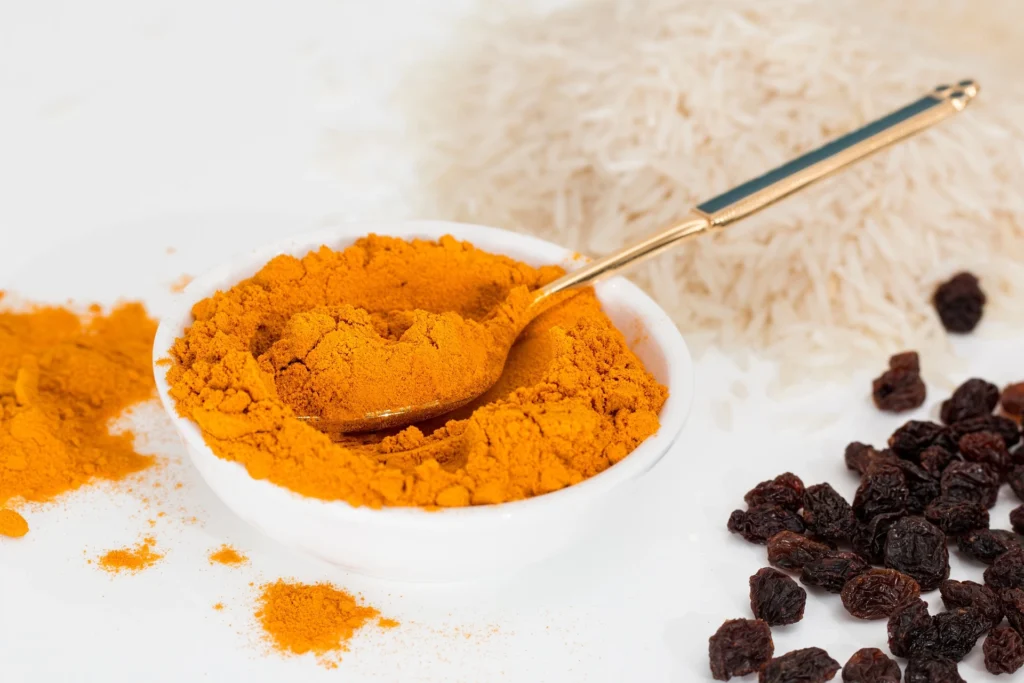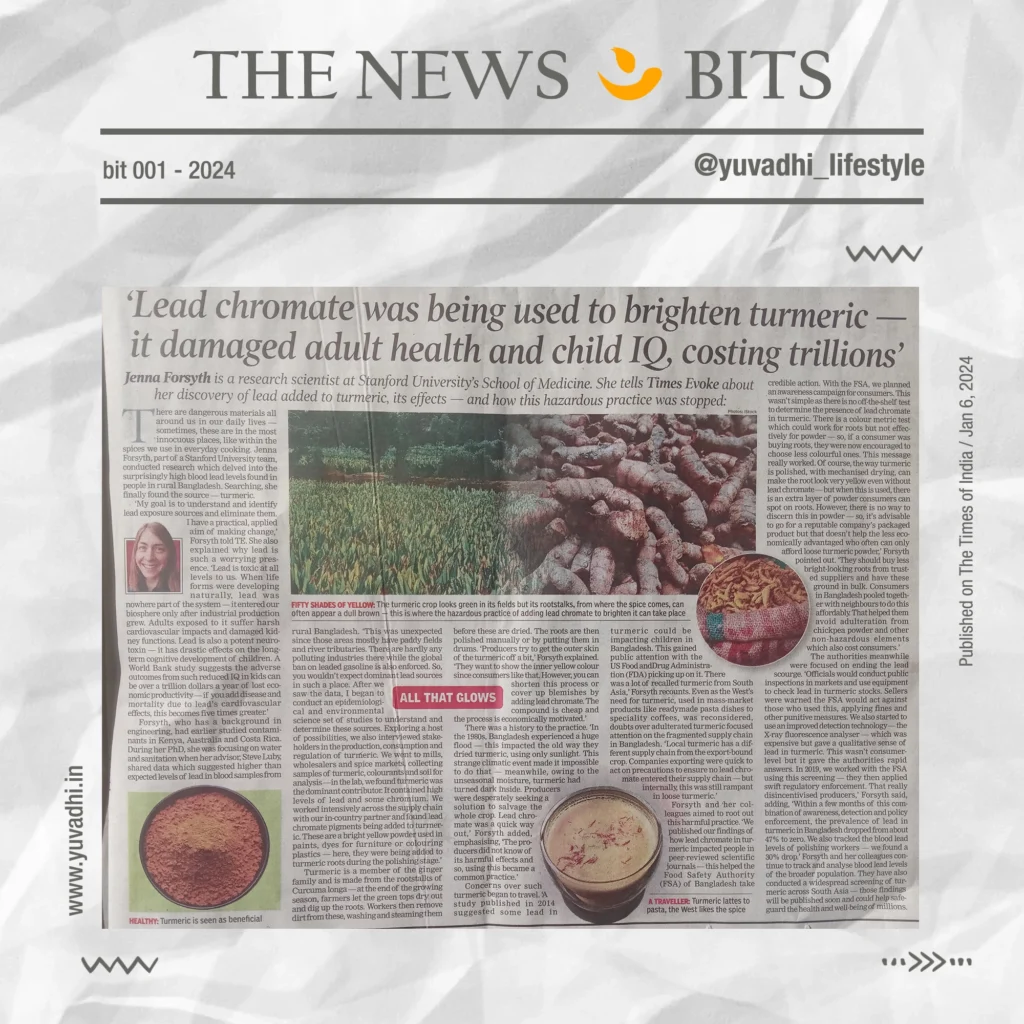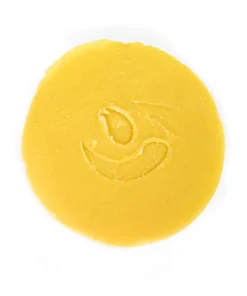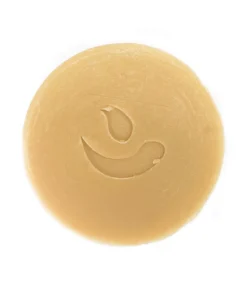News Bits
The Truth About Adulteration In Cosmetic Ingredients!
Adulterated Cosmetic Ingredients: Adulteration is a widespread issue, affecting various industries. People often mix ingredients to enhance appearance, mask imperfections, or cut costs. Some knowingly commit this crime, while others do it unintentionally, unaware of the consequences.
The issue of adulterated ingredients has become pervasive across industries, compromising the quality and safety of various products. This article explores the complex realm of adulteration, shedding light on both intentional and unintentional occurrences and the profound consequences of this deceptive practice.
The Roots of Adulteration:
Adulteration, the introduction of impurities or inferior substances into products, has a historical presence driven by diverse motivations, including economic gains and aesthetic enhancements.
Motives Behind Adulteration:
-
Enhancing Appearance:
The desire to improve the visual appeal of products often drives adulteration, as industries face pressure to present aesthetically pleasing products. This may involve the intentional addition of substances solely for cosmetic reasons, disregarding potential health implications for consumers.
-
Masking Imperfections:
The pursuit of perfection motivates adulteration, with manufacturers seeking to conceal flaws or deficiencies in their products. Whether it’s improving the texture and color of cosmetics or concealing flaws, this practice compromises the safety and authenticity of the end product.
-
Cutting Costs:
Economic considerations play a pivotal role in the decision to adulterate products. Deliberate substitution of high-cost ingredients with cheaper alternatives jeopardizes the quality and safety of the final product, posing risks to consumer health.
Knowingly vs. Unknowingly:
Adulteration manifests in various forms, with some individuals knowingly engaging in this deceptive practice for financial gain, while others unintentionally contribute due to a lack of awareness.
DIY Cosmetics and Unintentional Adulteration:
The surge in popularity of do-it-yourself (DIY) cosmetics serves as a prime example of unwittingly using adulterated content. Driven by online tutorials, DIY cosmetics have prompted some individuals to perceive themselves as professional cosmetic chemists, even without the requisite education or experience. While some create these products for personal use, others venture into sales without a comprehensive understanding of ingredients, biochemistry, or the necessity for a cosmetic manufacturing license. In some instances, unauthorized training and certification are provided. DIY tutorials often emphasize product creation but may overlook critical aspects such as material selection, adherence to standards, ingredient compatibility, and safety testing, potentially compromising product safety.
Turmeric Contamination:
The news article highlights the challenge of adulteration with turmeric, a commonly used cosmetic ingredient. When sourced without adhering to standards, turmeric can become adulterated and contaminated, posing risks to consumers.

Lead and Chromate Contamination:
While lead and chromate are not intentionally added to cosmetics, they may seep in as impurities, especially when unknowingly using turmeric contaminated with lead chromate as a brightening agent.
Chromates and Hexavalent Chromium:
Chromates, particularly hexavalent chromium compounds, can be found in pigments used in some cosmetics, such as certain shades of yellow, orange, and red. Chromium compounds are known to have toxic effects, especially in their hexavalent form. Long-term exposure to hexavalent chromium may increase the risk of skin irritation, allergic reactions, and even carcinogenic effects.
Lead in Cosmetics:
Lead, on the other hand, has historically been used in cosmetics, such as in certain lipsticks and hair dyes. However, due to concerns about lead toxicity, regulatory agencies have taken steps to limit or eliminate its use in cosmetics.
The complexity of addressing intentional and unintentional adulteration underscores the need for heightened awareness and regulatory measures. To minimize the risk of exposure to cosmetic contaminants, consumers are advised to choose products from reputable brands, check ingredient lists, exercise caution with less-regulated cosmetics, stay informed about recalls, and prioritize the use of safe and regulated cosmetic products for overall health protection.
Posted on: Instagram | Facebook | Twitter | Pinterest | Threads
You May Be Also Interested in
Handmade Soap vs. Commercial Soap, what are the differences, advantages, and disadvantages?
Winter Skincare Routine
Checkout Yuvadhi’s Unique, Indigenous, Natural & Vegan Handmade Speciality Soaps


















